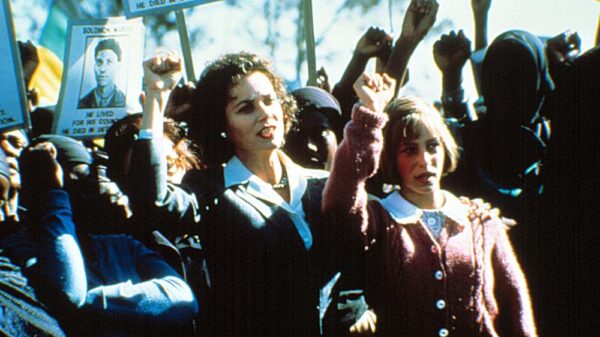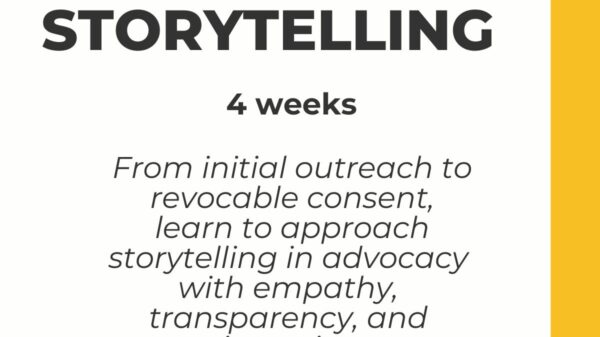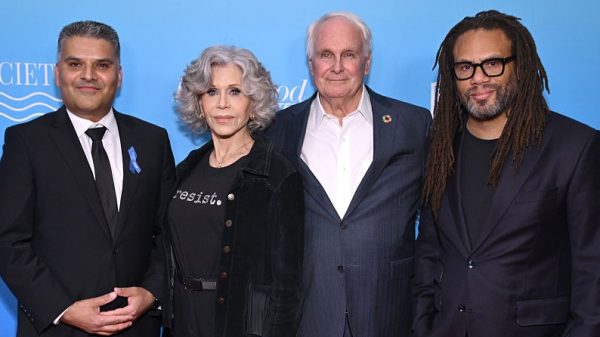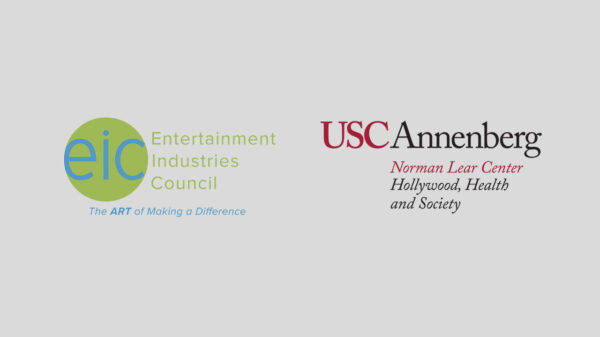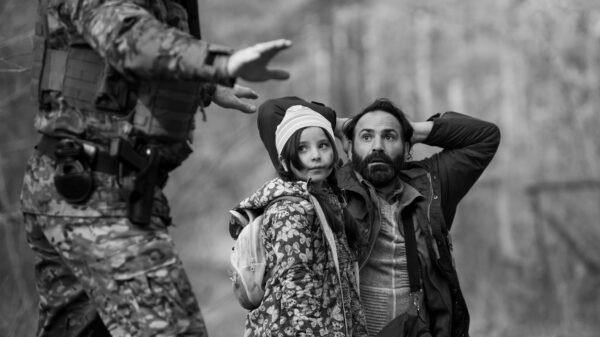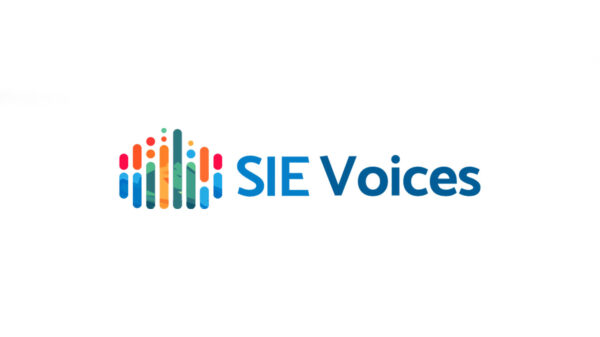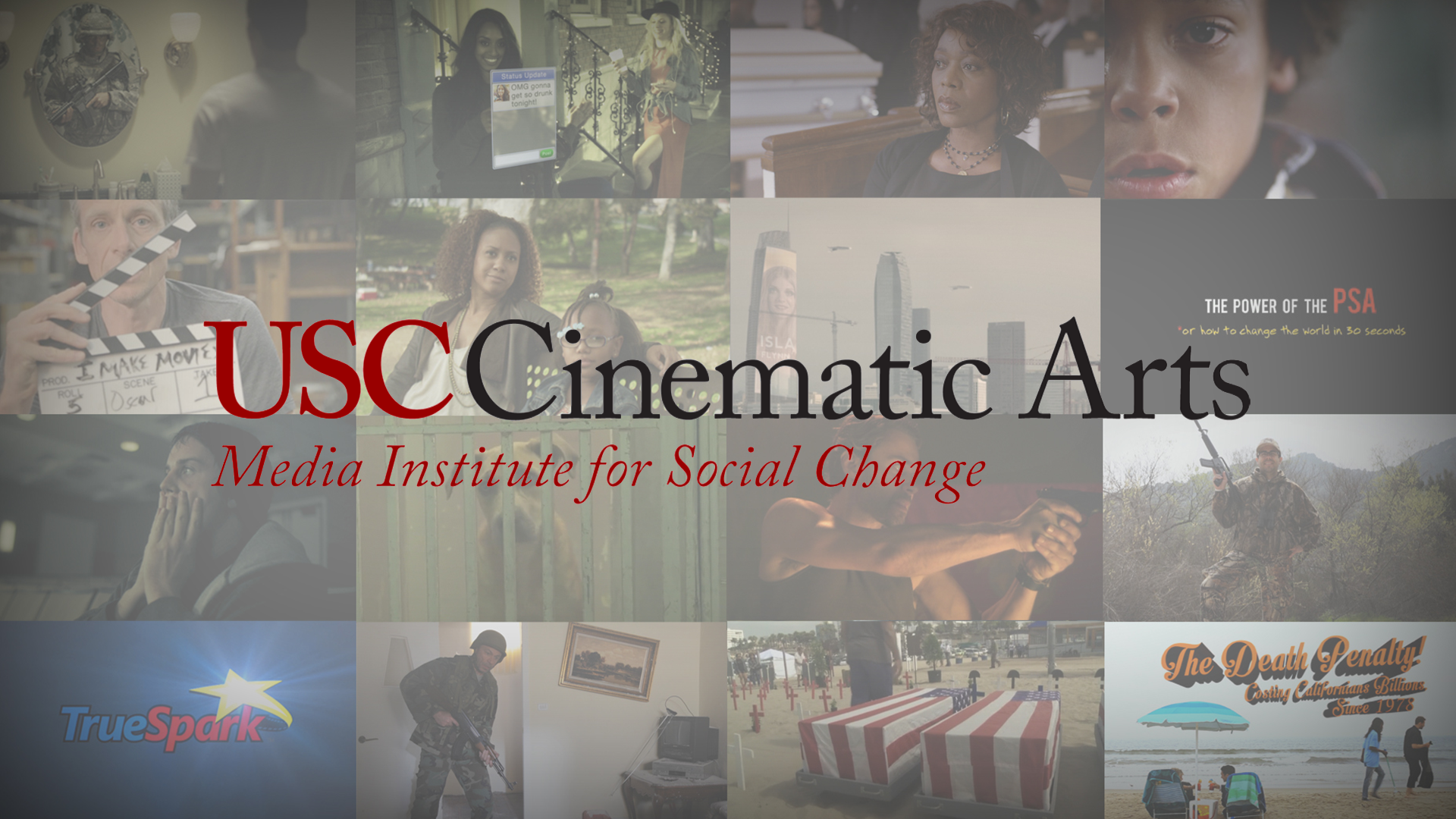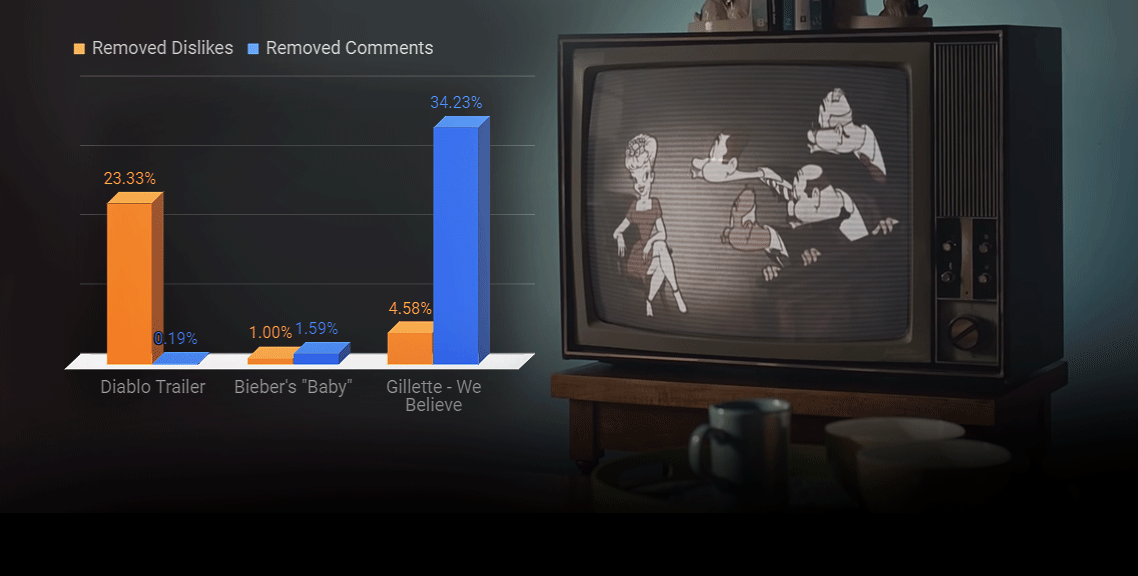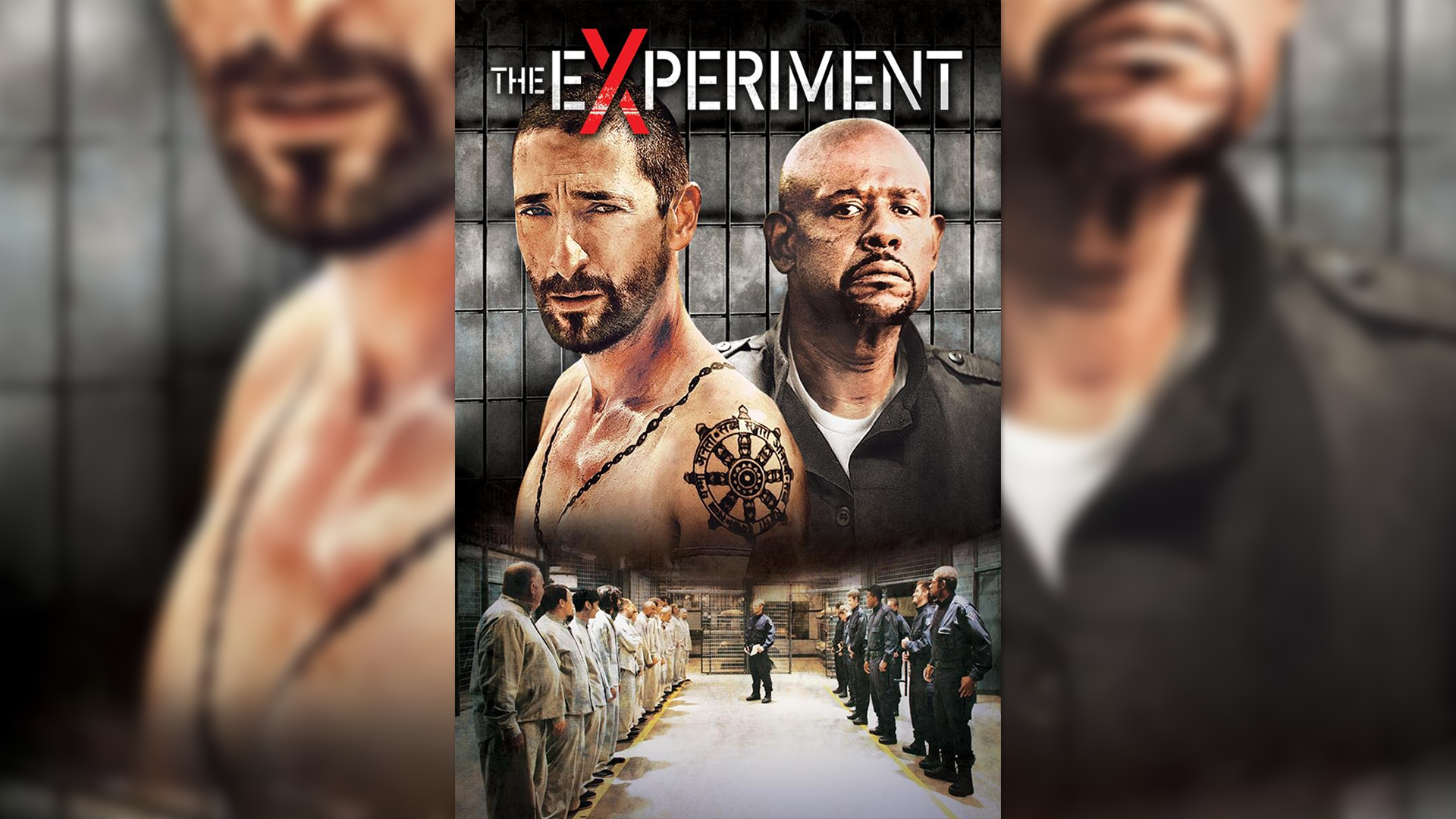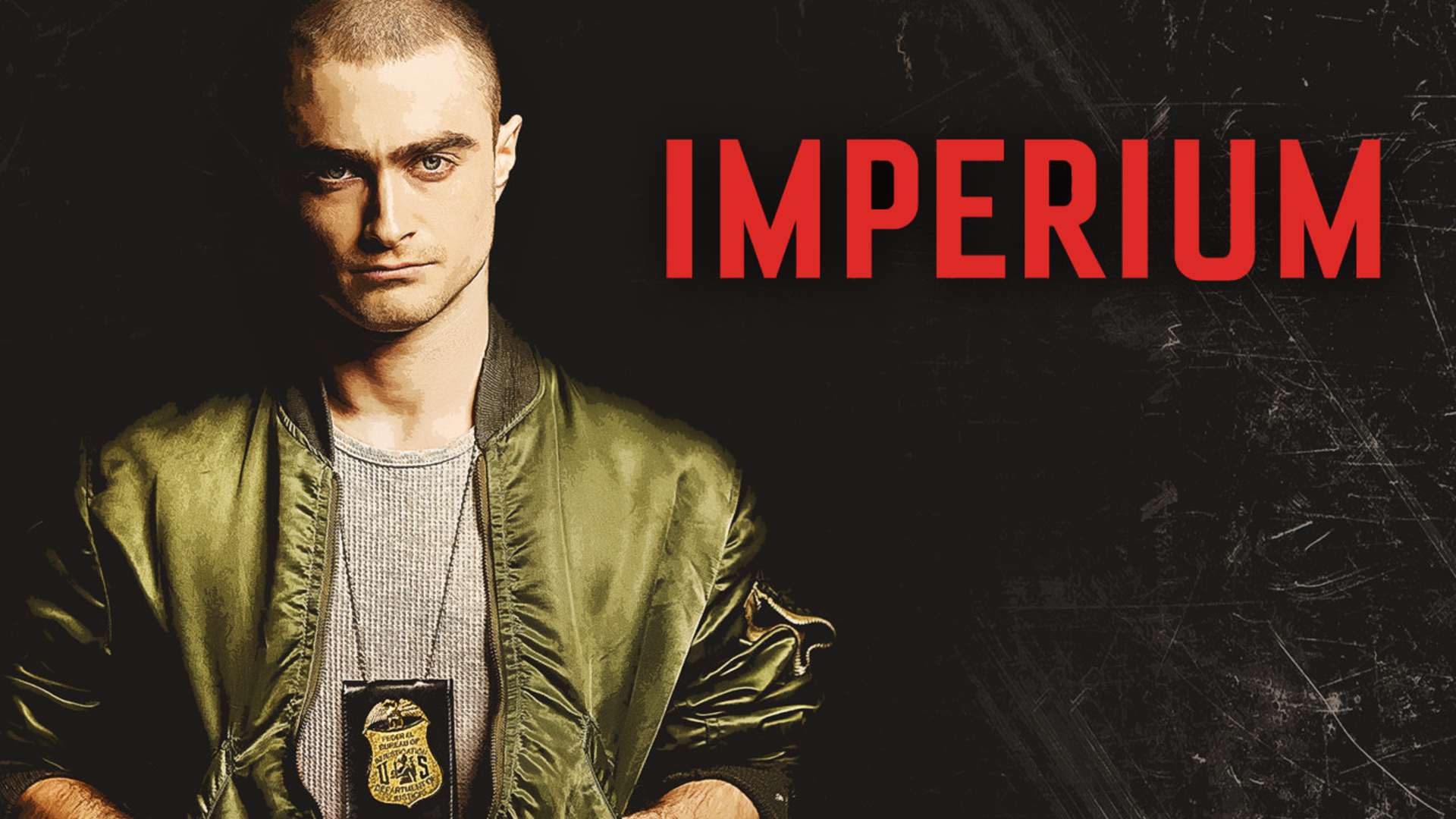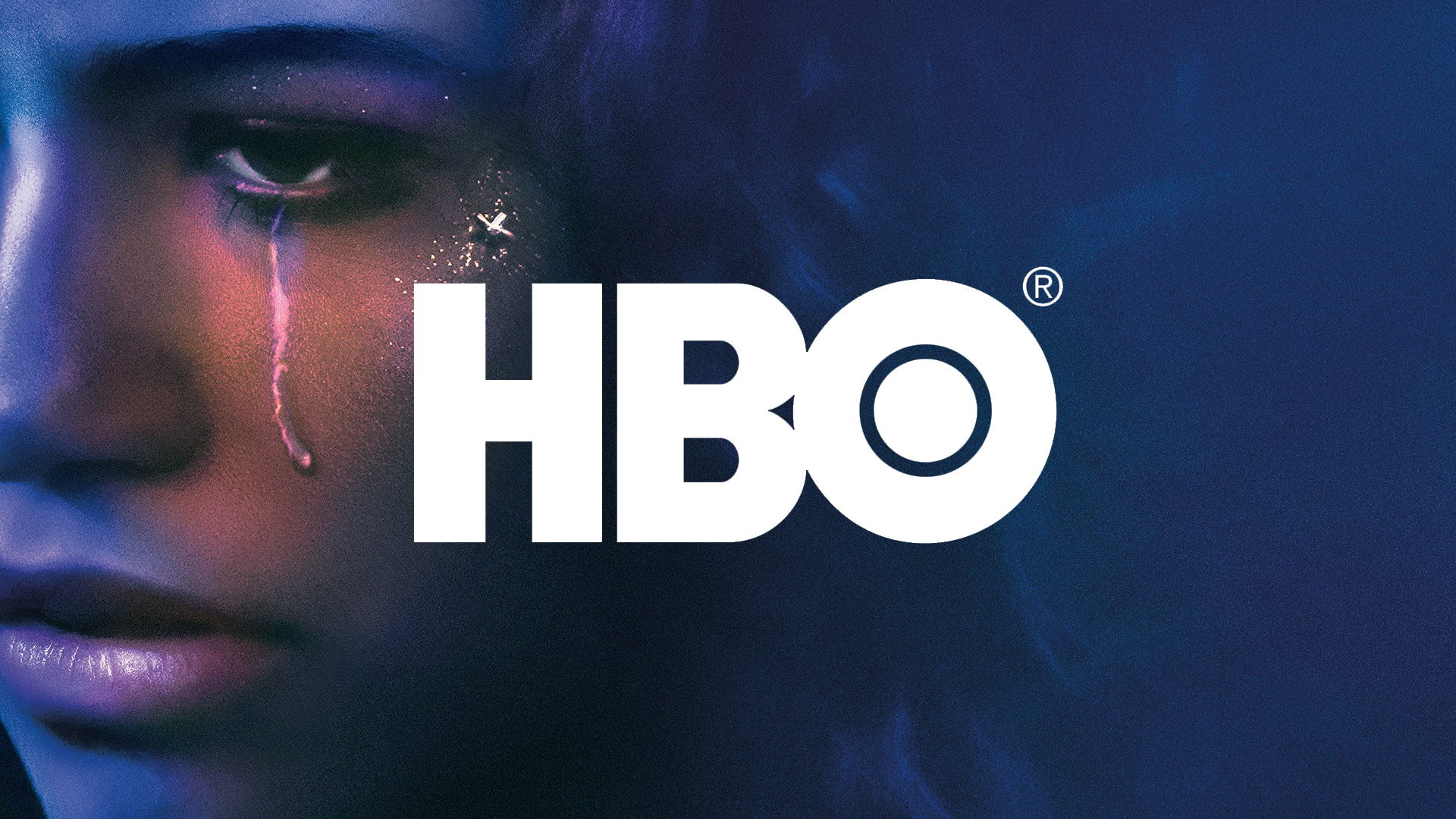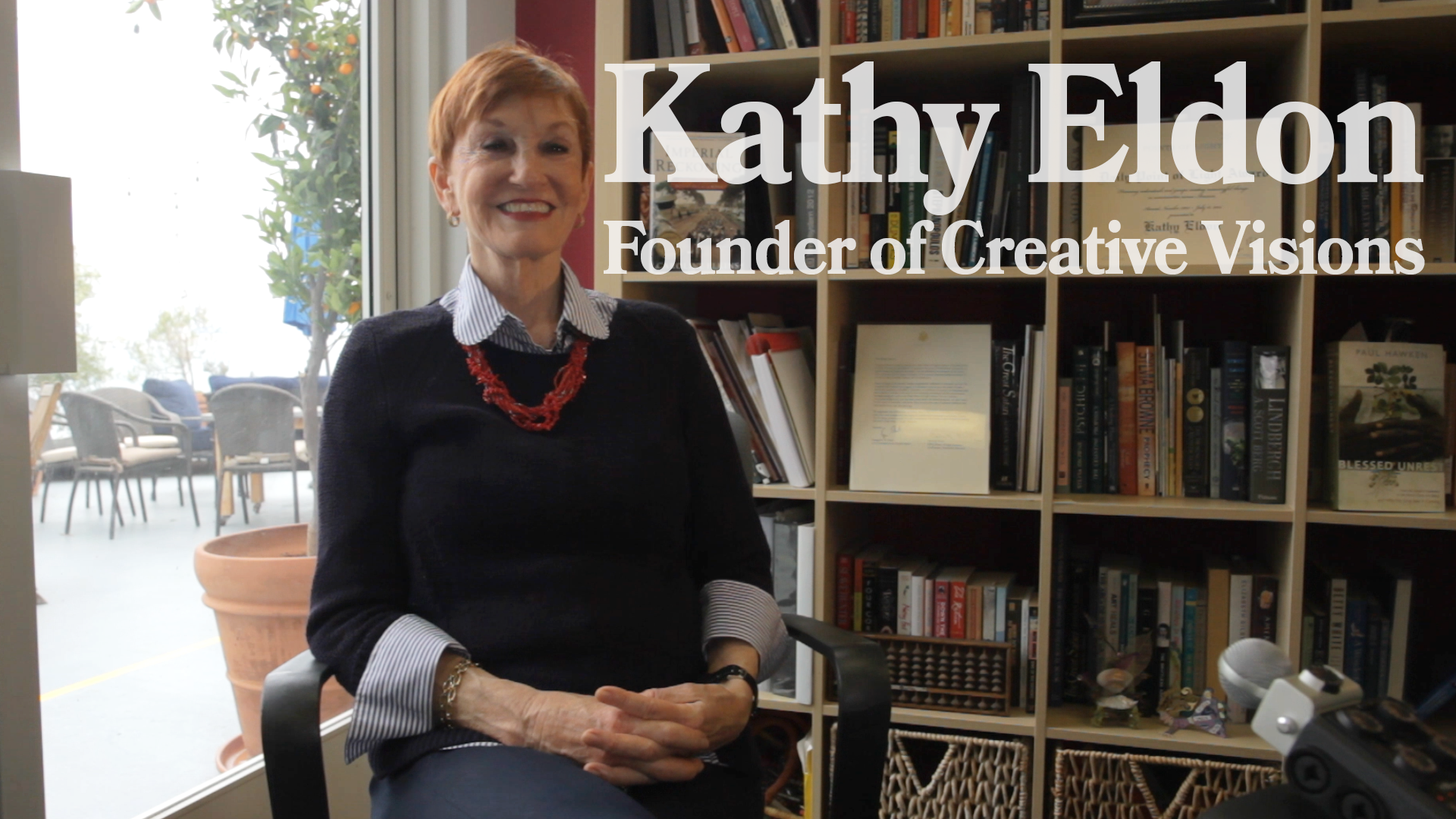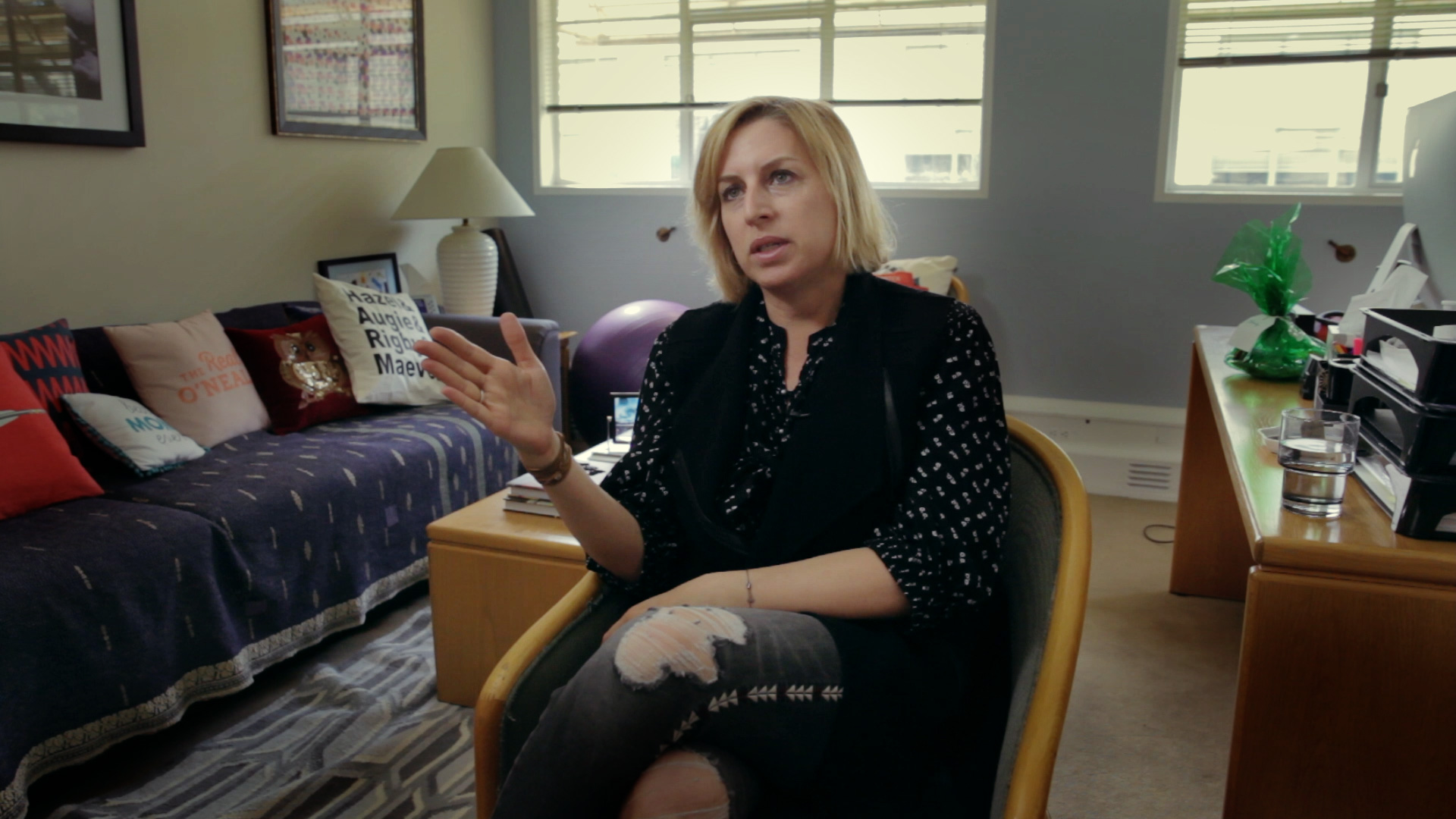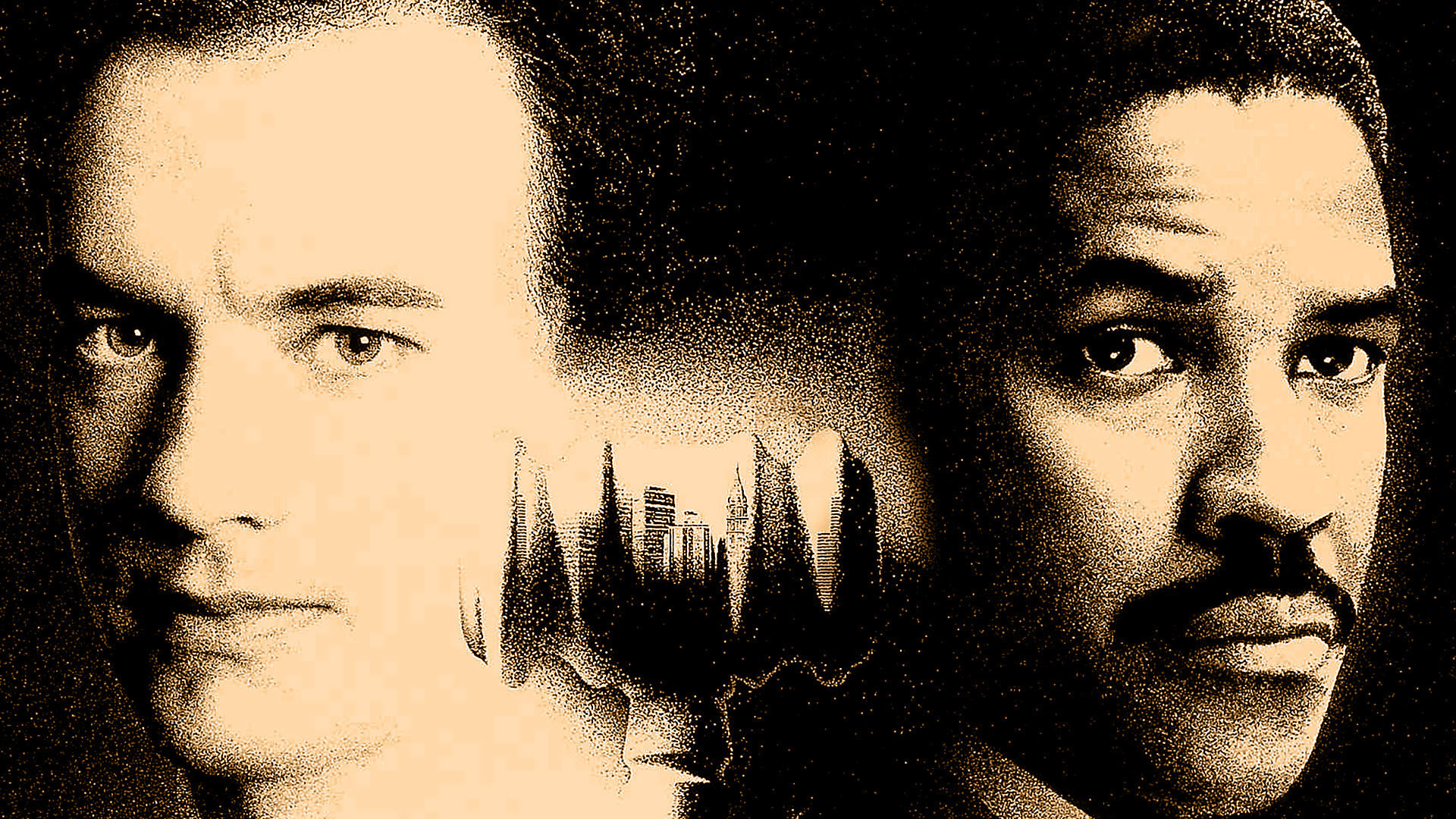Impact Filmmaking as an Intervention of Imagination
“Film as dream, film as music. No art passes our conscience in the way film does, and goes directly to our feelings, deep down into the dark rooms of our souls. “ — Ingmar Bergman
To build upon Bergman’s eloquent sentiment, film holds a special capacity for penetrating our souls — for cutting through the fog to rattle out an unexplored truth or erupt a geyser of emotion. Broadly, his perspective underscores the poetry of cinema and its inherent transformative power. More narrowly, it situates sweetly in the burgeoning realm of impact filmmaking, calling forth the incredible opportunity film presents to elicit something rich from the depths of its viewer.
Impact filmmaking, in its many guises, is arguably a still-nascent concept, but the numbers of artists, companies, and institutions focused on its craft is growing rapidly. Resources and convenings abound — the Skoll Center’s State of Social Impact Entertainment report; the Impact Field Guide and Toolkit; American University’s new study, What’s Really Needed to Produce and Sustain Social Impact in Documentary Film?, to name a few — revealing a felicitous brand of yearning in the creative community, a collective sharpening in the awareness that what we put out into the world has real potential to ignite tangible change.
Historically, artists have always intended to create change. But today, there is a new level of intentionality and comprehension to this mission. Creators everywhere are actively working to refine and innovate how we use story to challenge or advance humanity in productive ways — and to show, through rigorous methods of measurement and evaluation, that stories are, in fact, making change. It’s an exciting era.
As I’ve come to deepen my own relationship with impact filmmaking, I’ve experimented with different definitions and schemas for the concept — to help keep me grounded in the marrow of my work and to distill for others what it is I do in the role of “impact producer”. I aim to “optimize the changemaking potential of the story.” Whether focused on mental health, refugee support, or financial education, “my goal is to determine how to most effectively use film as a tool for change” in tandem with the film participants and a coalition of partners and experts. In an ideal situation, I’m embedded with the filmmaker(s) throughout ideation and production so I can better understand how they want their art to move through the world.
Of course, no person or force can control how a viewer responds to art, but there are means of guiding someone through an experience that influences what it is they’re left with — inspiration, motivation to learn more, honest self-reflection, or nothing but a soon-to-be memory of seeing a movie.
And this brings me to one of my favorite illustrations of what impact filmmaking can be at its most effective: an intervention of imagination — an experience that cracks open the boundaries of the individual imagination to cause a lasting and notable change in someone’s worldview or depth in understanding of herself or “the other”, be it a culture, belief or issue.
For a quick background, during my doctoral research, I steeped myself in scholarship on imagination. Contrary to popular maxims about the boundless nature or unlimited potential of human imagination, I hatched a four-part foundational principle that rooted much of my thinking and work:
- The imagination is confined.
- The confined imagination can lead to conflict, intrapersonally and interpersonally.
- It is possible to expand the imagination.
- There are particular types of experiences that trigger an expansion of the imagination.
To break this down further, we must first understand the concept of imagination. At its core, imagination can be defined as “the capacity to think of things as possibly being so,” a definition I borrow from the late Irish education philosopher, Kieran Egan. Imagination is both an exercise and a blueprint — made up of , and consequently limited by, what an individual has experienced and been exposed to over the course of their life. In an extreme example, if someone were to exist in a black cave without access to any other stimuli, their capacity to imagine things would be severely inhibited. In contrast, when someone is granted ample opportunity to engage with novel stimuli — people, landscapes, sounds, scents, art — their capacity to imagine things expands. It is, in practice, more complex than this, for other factors come into play — questions such as: Is the person present? Are they consciously reflecting on their increased awareness and personal development as they acquire new experiences? To what extent does the person have agency throughout their experiences? And more nuanced considerations about the experiencers’ state of being in the world.
If we accept this simplified view, however, we can turn our focus to the types of experiences that trigger imagination-expansion, from the unexpected, such as trauma or transcendence, to the well-designed, like travel or, of particular interest here, watching a film. As Bergman suggests, unlike any other art form, film has the potential to move us in profound ways, to kindle a kaleidoscope of emotion — delight, closeness, inspiration, fear, nostalgia, an aching for something lost or unrealized. To take these feelings further, to prolong them and turn them into action, is the goal of impact filmmaking; it is the work of elevating an ordinary movie-going experience to one that functions as an intervention of imagination.
In general terms, an intervention of any kind — humanitarian, militaristic, or social — requires forethought and strategy. It is a well-designed mechanism judiciously supported by a specific tone, or ideological posture, deemed appropriate for the circumstances. The aim is to unlock or produce something new in the state or in the affairs of another to attain a new status quo. Typical process rules: care and understanding must be given to the person receiving the intervention, and a sustainable system of support must be provided to account for the effects of the intervention.
We can borrow from all of these principles for impact filmmaking. For films to become effective interventions, we must study and understand our potential audiences. We must experiment with effective positioning techniques. We must orchestrate an exceptionally thoughtful voyage for the audience and build an infrastructure around the story-on-screen so that discussion, and ideally action, become inevitable.
To some extent, this venture will always be an experiment, but here are a few considerations, from a 360 degree view, that I believe can help with the process, all of which should be prefaced with “to the best of your ability…”:
The Film
Undoubtedly, the film’s narrative and technical aptitude matter significantly — audiences are hungry for well-told, beautiful, cinematic works of art — but more important is the emotional texture of the story, the degree to which it digs into and takes hold of the viewer. The emotional tonality directly informs how immersed an audience will be in the overall movie-watching experience — and for a successful intervention, immersion is key — it increases empathy, provides opportunity for catharsis and reflection, and heightens the film’s cultural resonance and personal relevance. And though it may be tempting to take an instructive or moralistic approach when navigating complex and weighty social issues, these are actually best explored through an emotionally rich, authentically human story.
The Audience
In the early stages of the film’s release, invest in understanding your potential audiences. Conduct test screenings and gather feedback from different demographics and key groups, ones that seem obvious and ones that do not — you may be surprised where the film resonates. Pull insights from the willing about their concerns and interests, what they want more of, and where their energy moves them after they watch the film.
These test screenings will ideally clarify your key audience — the organizations, thought-leaders, and advocates who are aligned with the topics in the film, and who are ready and willing to be inspired. Although it may feel like ‘preaching to the choir’, engaging with this audience will provide meaningful momentum and a community of champions that will advocate for the film and invite more people into its orbit.
When trying to involve a tentative audience — viewers who may be opposed or resistant to the ideas explored in the story (who are also, ofter times, the ones you most want to see the film) — engage them thoughtfully, invoking curiosity rather than pressure. Art’s ability to induce feelings of presence heightens when the art enables, not artificially creates, a sense of agency in the consumer. Especially important for the tentative viewers, but valuable for all, is for them to feel empowered, to have an experience that enriches their sense of autonomy and self-determination. This can be supported by setting expectations ahead of a screening, demonstrating humility while being transparent about your impact goals, and being open to the myriad reactions and pieces of feedback from all viewers (it’s just data that will allow you to tweak your strategies for engagement and communication going forward).
The Experience
Many experiences of watching film today are haphazard, reduced to a fractured phone-viewing interrupted by text messages and application alerts. But with impact filmmaking, the ideal experience sits on the other end of the spectrum — the aim is to curate a sticky experience — one that is visceral, high-sensory, and complete.
Here are just a few ways to do this: have the film’s director give a heartfelt welcome before the screening; invite a senior leader from a reputable sponsor or co-hosting organization to deliver introductory remarks; host a lively discussion with the film team and subjects after the film, or a panel discussion with subject-matter experts; invite viewers to participate in a post-film questionnaire; have a celebratory after-gathering for audiences to discuss and mingle; offer bespoke merchandise or tokens-of-appreciation to viewers as they leave the theater; create an “extension experience”, such as a performance from a local group that relates to the film or an augmented reality demonstration that transports the audience into the specific geography or culture explored in the film.
Adding texture to the viewing experience — making it more immersive — will increase audience investment and memorability, as well as maximize the window of inspiration immediately following the film, when viewers are most inclined to take positive action related to the story’s impact goals.
Ecosystem of Engagement
A significant part of the impact filmmaking process is to create a credible ecosystem of engagement around a film — scaffolding that situates the story in a broader context of changemaking. Ideally, prior to major film screenings, this includes building a coalition of reputationally sound partners and supporters who can offer their stamp-of-approval and contribute to the overall impact vision for the film by issuing testimonials, co-hosting events, honing in on calls-to-action, and co-creating ancillary resources or educational materials.
With a strong foundation of collaborators, film teams can then offer audiences the opportunity for sustained engagement. When a viewer asks “how can I help? How can I learn more or get involved?” there is a clear response — they can be directed to a coherent webpage, discussion guide, curriculum, or some other interactive device for continued participation.
Reflective of conventional intervention processes, the environment and actions in place immediately following the intervention are critical to its success. What we offer viewers then, must extend beyond a story on screen; it must spark the beginning of a process for viewers to construct new, or rework old, patterns of thought.
Good film is an incredible catalyst for opening the mind and activating what author Yann Martel calls the empathetic imagination — the ability to cognitively imagine, or emotionally identify with, life from another person’s perspective; it’s “a psychotherapeutic tool…[that] allows you to travel just as catching a train or a plane does.” But this type of travel is not guaranteed. It occurs only when certain conditions are met — when the film team, in particular the impact producer, understands its role not just as a storyteller but as a conductor of an intervention of imagination.
Impact filmmaking can serve as a type of cultural disruption, an intervention that cracks open the usual, contained realities of its viewers. A sticky, thoughtfully-designed experience can bestow new frames of reference to an individual’s repertoire of perspectives and enable them to imagine differently of themselves, others, and their futures.
If we bend to Bergman’s belief that “film passes our conscience and goes directly to our feelings, deep down into the dark rooms of our souls”, we can embrace the incredible opportunity we have as storytellers to invite transformation within our audience, to offer an experience that encourages, for the ready or willing, a molting from the dark into the light.


